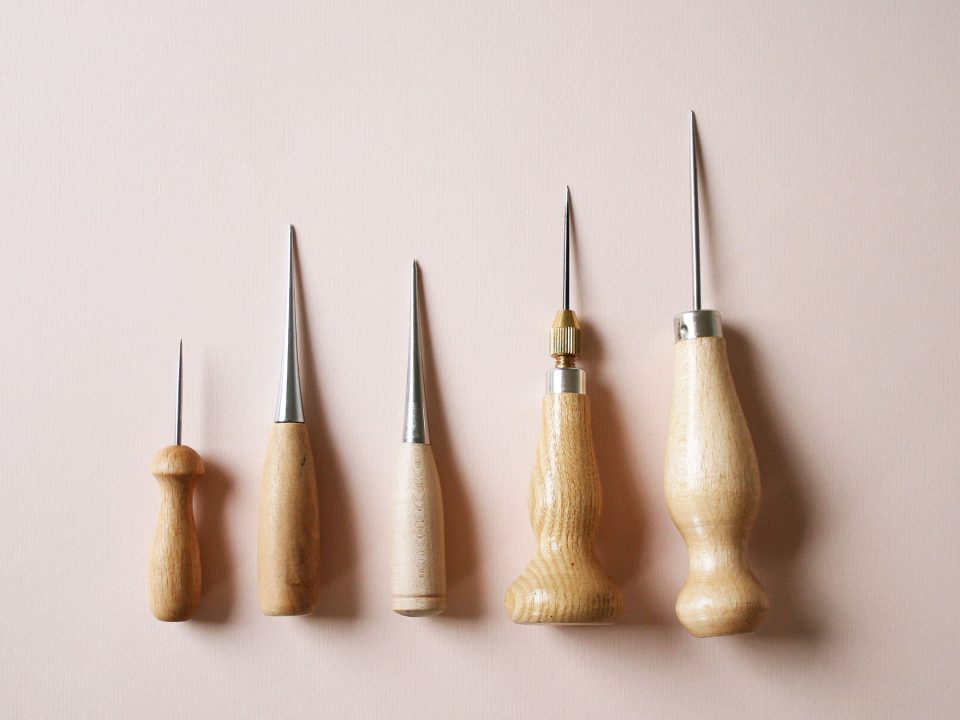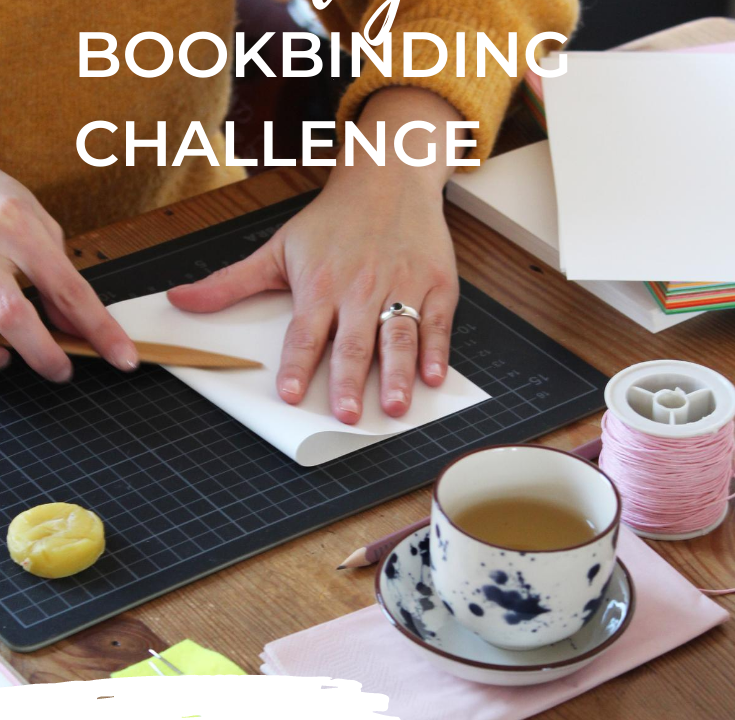
The Indigo Bookbinding Challenge
11/08/2020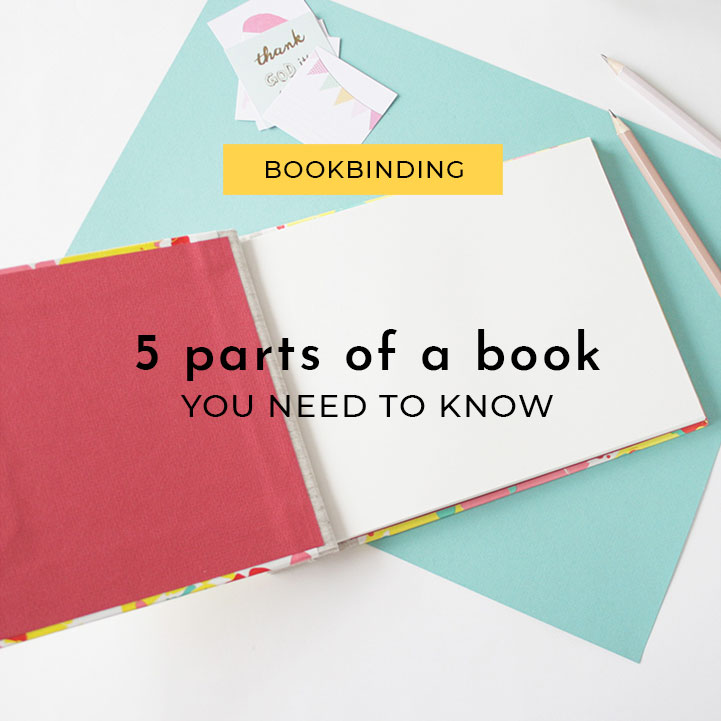
5 Parts Of A Book You Need To Know
27/10/2020Recently I was talking to a fellow creative about what kind of bookbinding glue she uses for her book projects because I wanted to try something new. So far I have been using Planatol BB, which is a widely used adhesive in book manufacturing. But working with glue is messy. Pretty messy, and I don’t like it too much. Furthermore, this type of glue dries pretty fast and so you are supposed to move fast and there is not much time for improvisation. She recommended another type of glue called Coccoina, which is a potato starch paste – less messy than Planatol BB, but still a glue.
There has to be another way for binding a book without glue, right? And yes, there is!
All kinds of glue-free binding techniques are more suitable for small projects and soft-covers, so actually perfect for binding your own travel journal, diary or gratitude journal. These are my favourite types of bookbinding, three basic glue-free techniques that you can easily learn for making your own books at home.
Type of Bookbinding #1: Saddle Stitch Binding
Also known as Pamphlet Stitch, this is a very basic type of bookbinding based on a 3, 4 or 5 hole structure. Usually, you will gather a few sheets of paper and fold them in the middle to make a booklet. You can add an extra coloured paper for the cover, which can be a bit thicker than the inner pages, this way you protect your book. I am referring here to paper, but actually you can use all kinds of materials like SnapPap (vegan leather), leather, cardstock, cork, plastic… whatever material you like and is flexible enough, so you can fold it in half as with the inner pages.
Next to the paper for the book, all you need is a bookbinding awl, needle and thread. The bookbinding needle will help you punch the holes through the paper and the cover where you will later make the stitches with your needle and thread.
You can play around with this technique and add some variations as I did here, leaving a long piece of waxed cotton thread to wrap around the book.
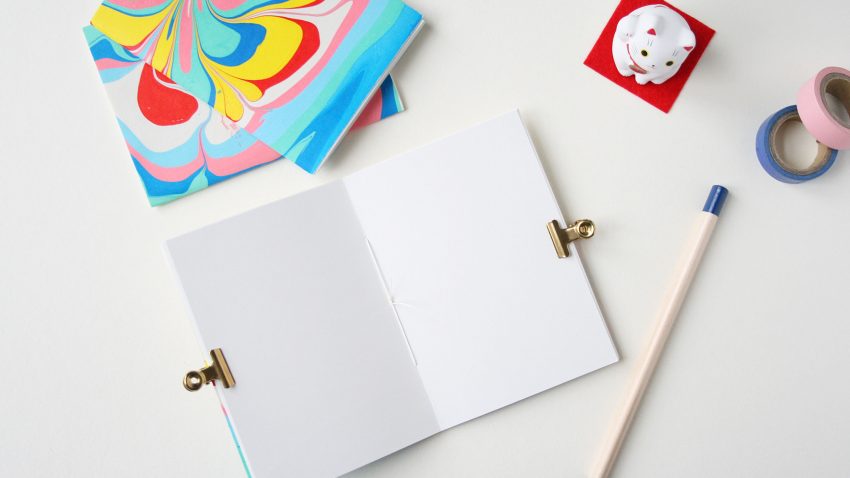
This is an example of Saddle Stitch Binding with 3 holes.
Type of Bookbinding #2: Chain Stitch Binding
Things get a little bit more complicated here, but once you have practised this technique it gets easy-peasy. Furthermore, this technique is the base for a more elaborated type of binding called Coptic binding. As in the previous type of binding, you will need no more than a bookbinding awl, a needle and thread.
There is no standard guideline about the separation between each stitch, you can decide how much space you leave in between, just make sure that the holes are equidistant.
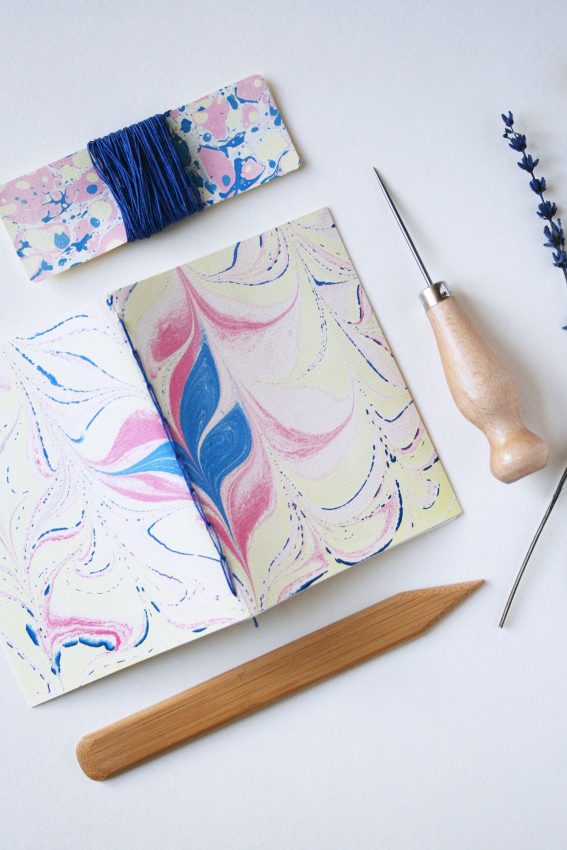
This kind of Chain Stitch Binding is more delicate, perfect for your finest works!
Type of Bookbinding #3: Japanese Stab Binding
My favourite type of binding in the world! It seems that the Japanese bookbinding masters had troubles with the conservation of the books. Back in the days, they used a paste made out of flour that attracted insects. So they had to come up with an alternative binding that could guarantee the conservation of the books over the long-term.
There are four classic Japanese stab binding patterns: Yotsume Toji, Kangxi, Asa-no-ha Toji and Kikko Toji. They all are based on 4 or more holes punched from the top of the book, and not through the spine of the book as in traditional western binding.
For this kind of binding technique, it is recommendable to use a hammer in combination with a bookbinding awl, in order to punch a hole all the way through the thickness of the book. Alternatively, you can use a paper punch screw but this kind of tool uses to be more expensive and difficult to find than a regular bookbinding awl.

All 4 classic Japanese Stab Binding patterns. From left to right: Yotsume Toji, Kangxi, Asa-no-ha Toji and Kikko Toji.
Soft vs. Hard Cover Binding
All of the binding techniques mentioned above can be used to bind a hard-cover book, too. The difference between a soft- and a hard-cover book is that the last one has a cardboard case which gives the book more stability. Here you will need to use glue in order to cover the cardboard with decorative paper, as well as adding the standard endpapers. Binding a hard-cover book will require more of your time and knowledge on some extra bookbinding techniques. As a beginner in bookbinding, I would recommend for you to start with soft-cover projects and build your way up.
If you wish to win more insights into the world of bookbinding and learn step-by-step how to make your books with the saddle stitch, chain stitch or Japanese binding technique, you can join the first edition of The Indigo Bookbinding Challenge here. This is a pilot learning program with inspiration, interviews and of course step-by-step tutorials for all your book projects!
You can visit my workshop page for further information on group and private bookbinding lessons or try yourself at home with my DIY Japanese Bookbinding Kit!
Your crafty fellow,
Karen



